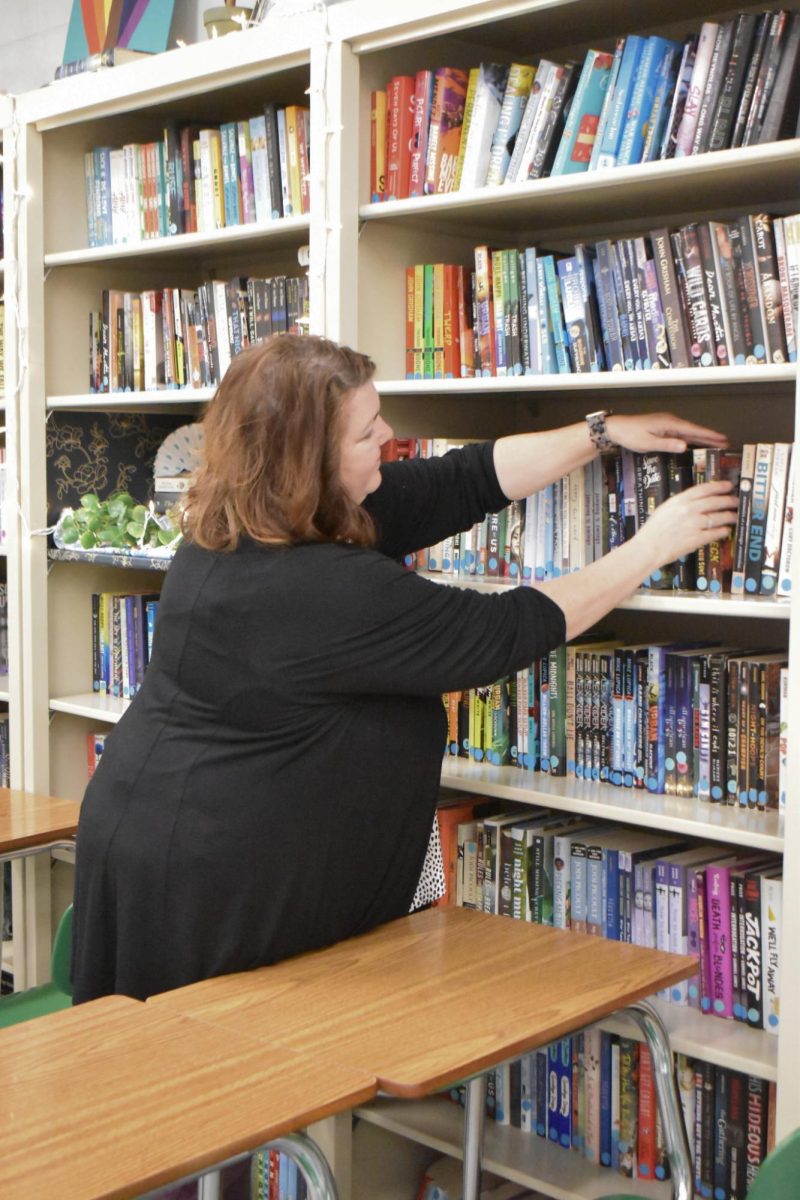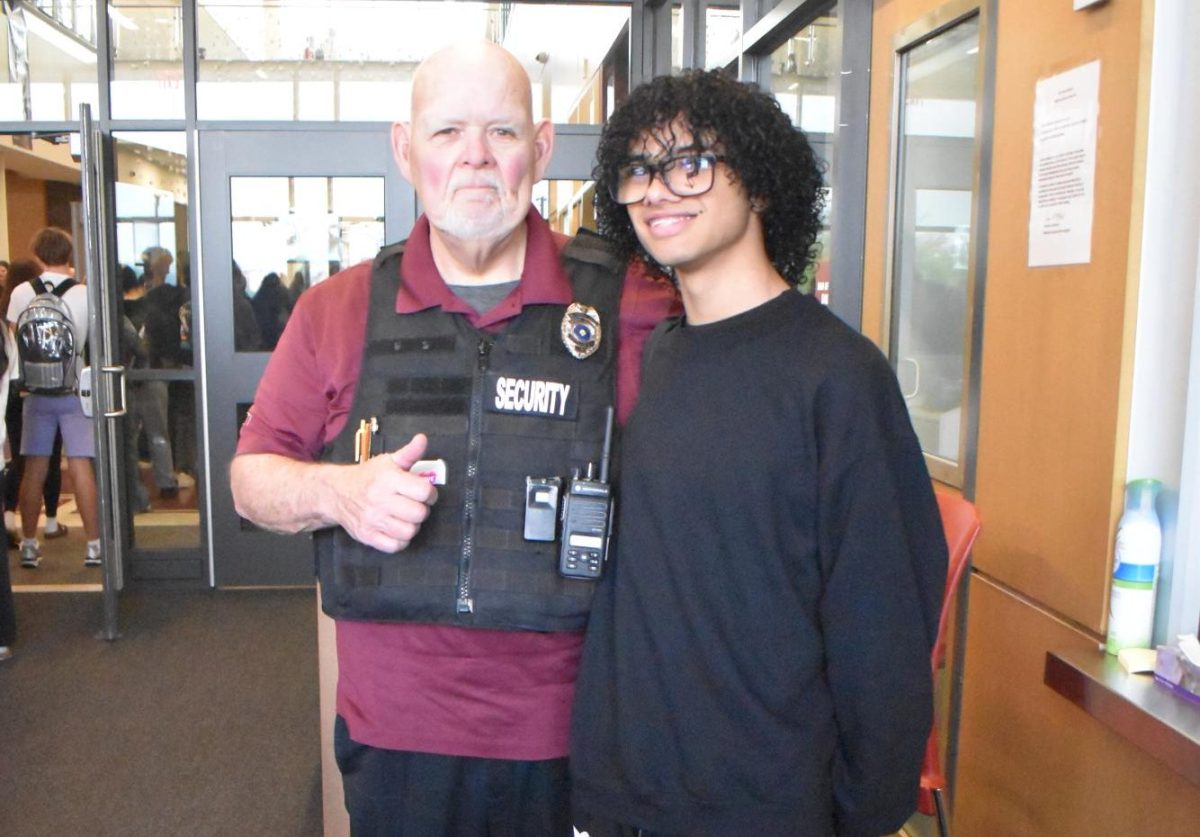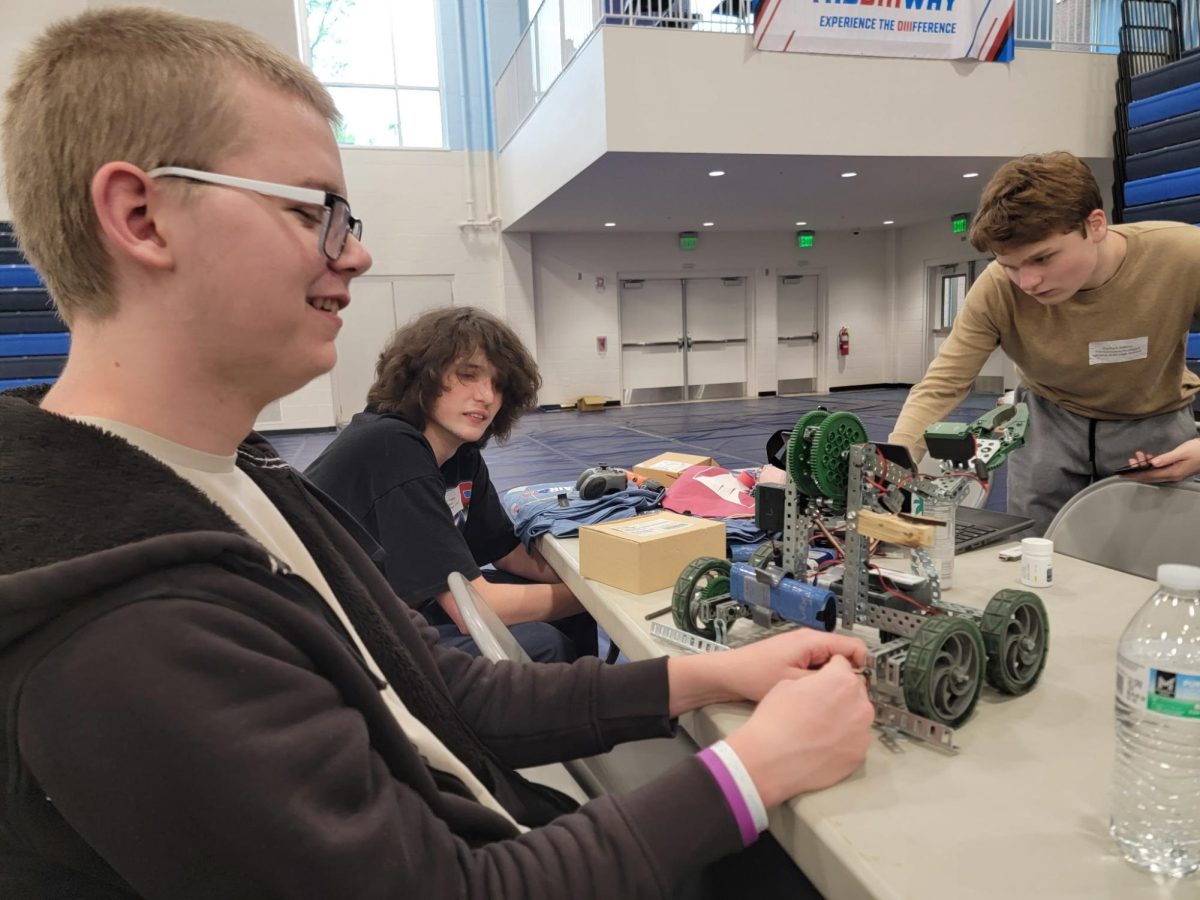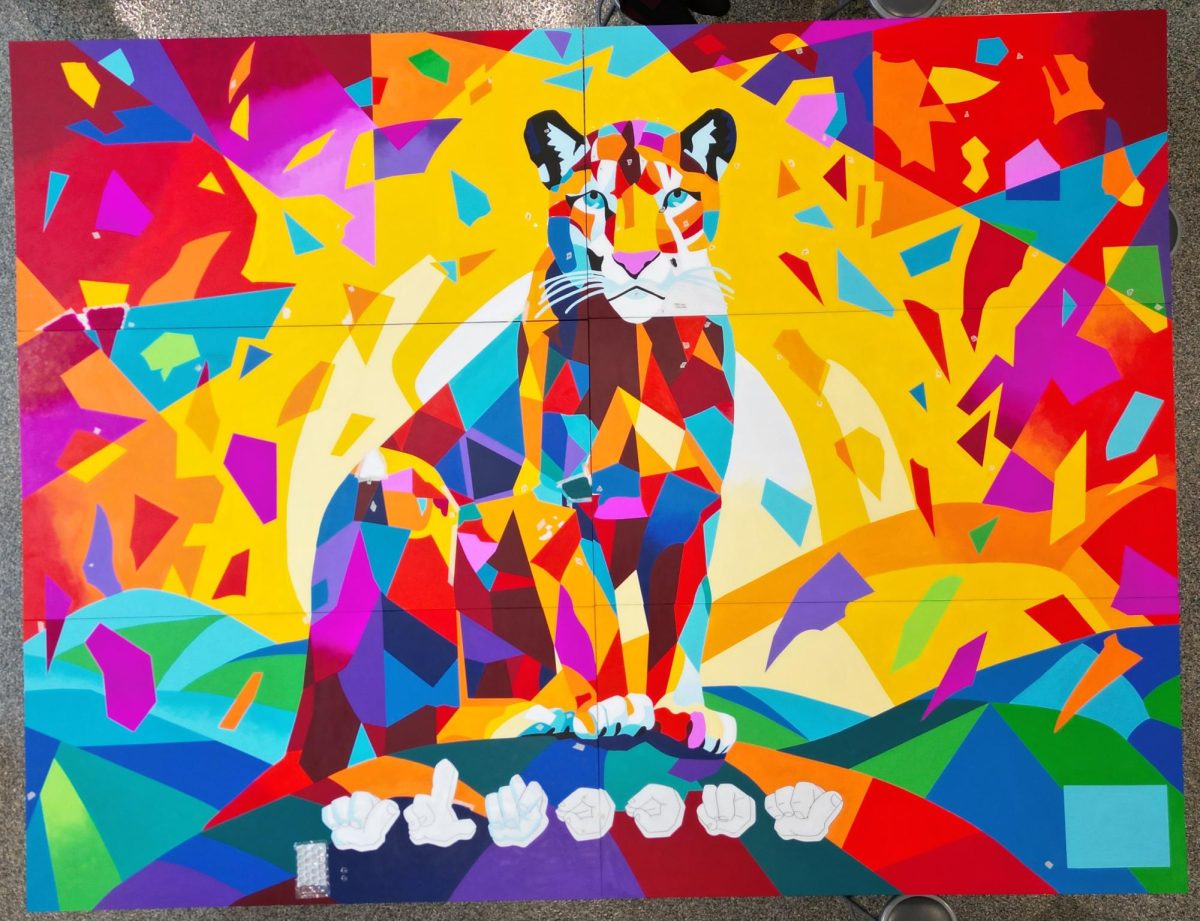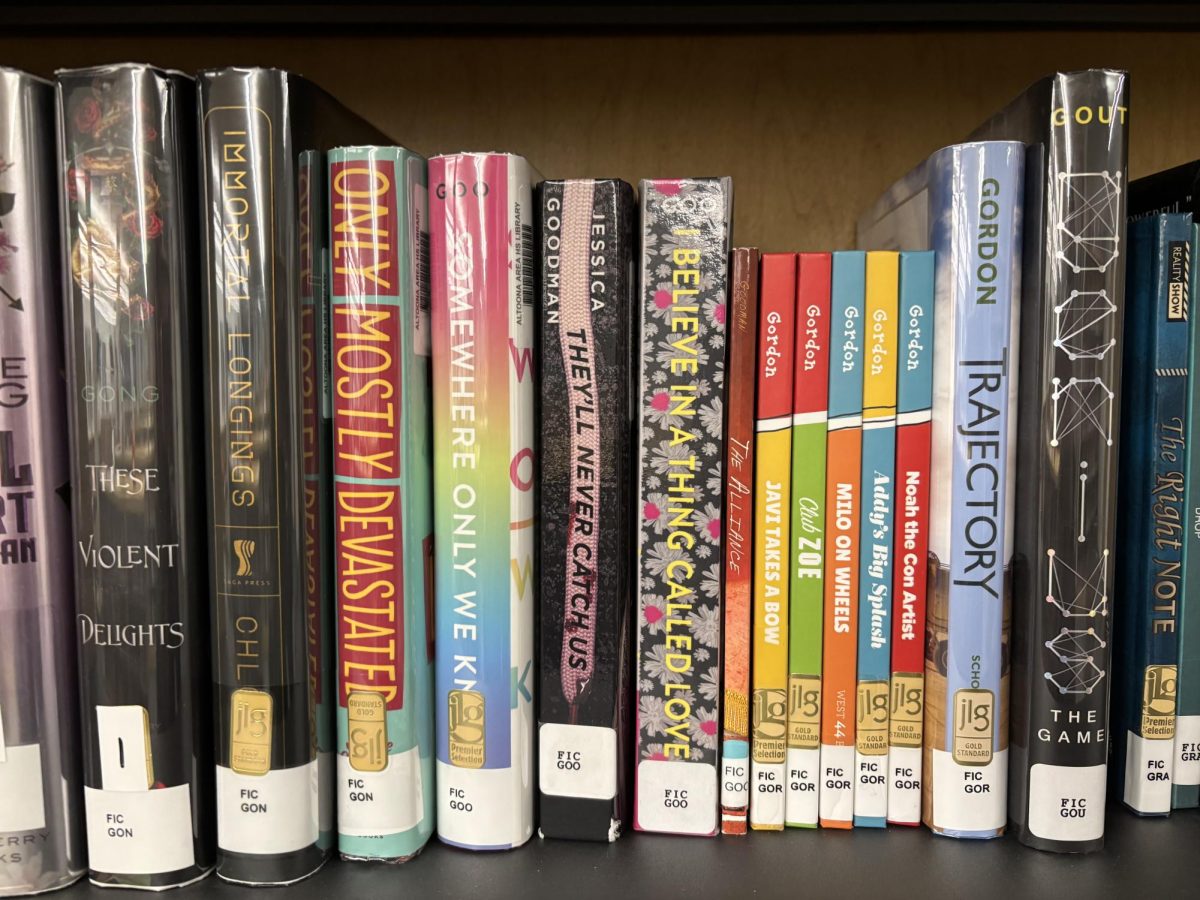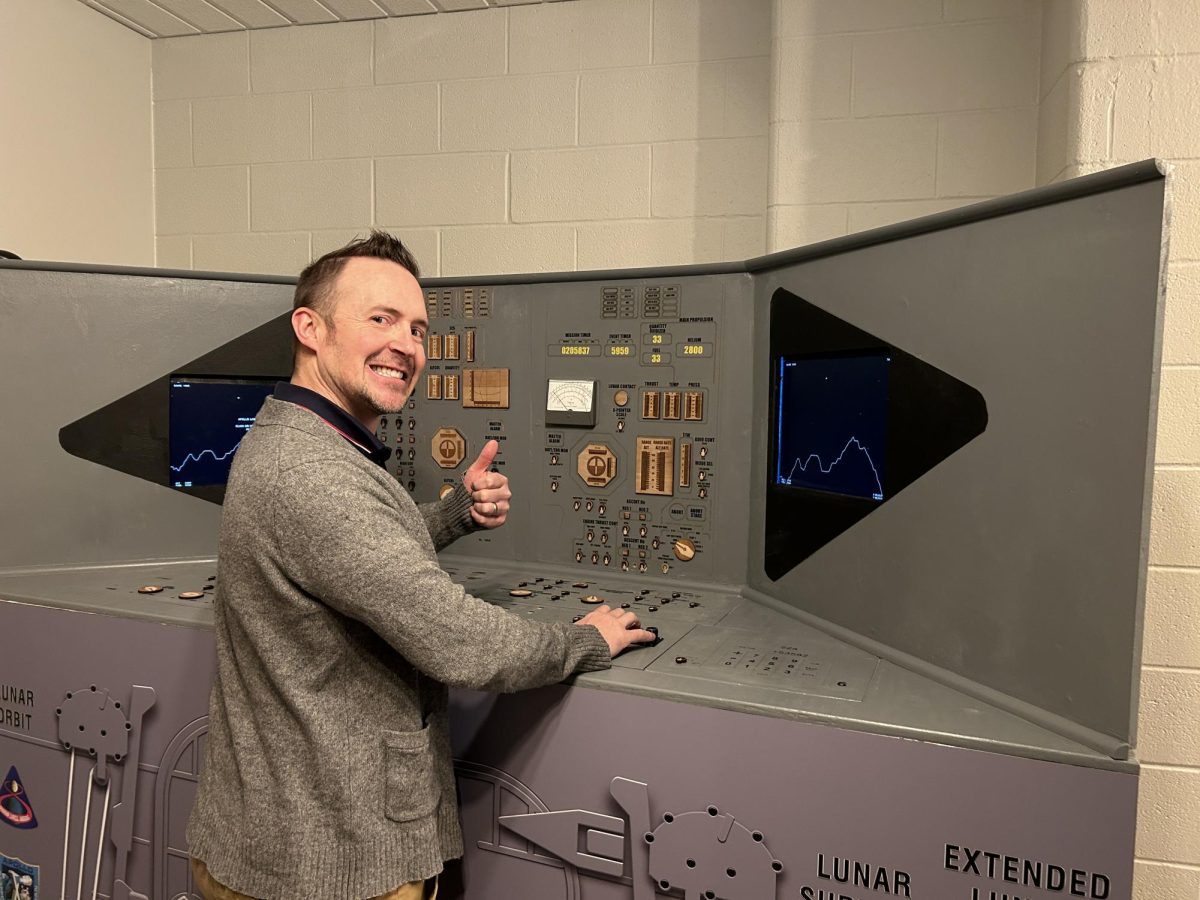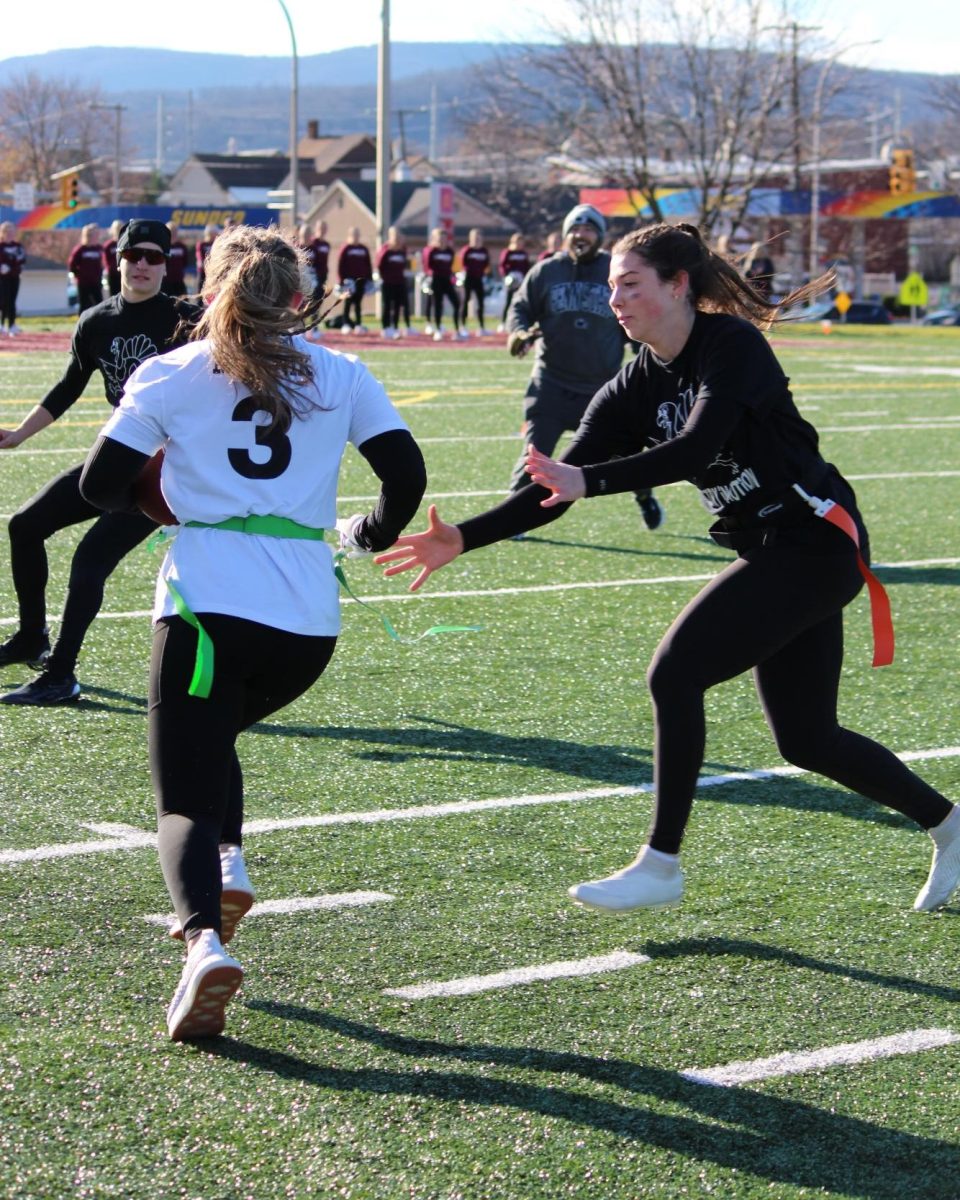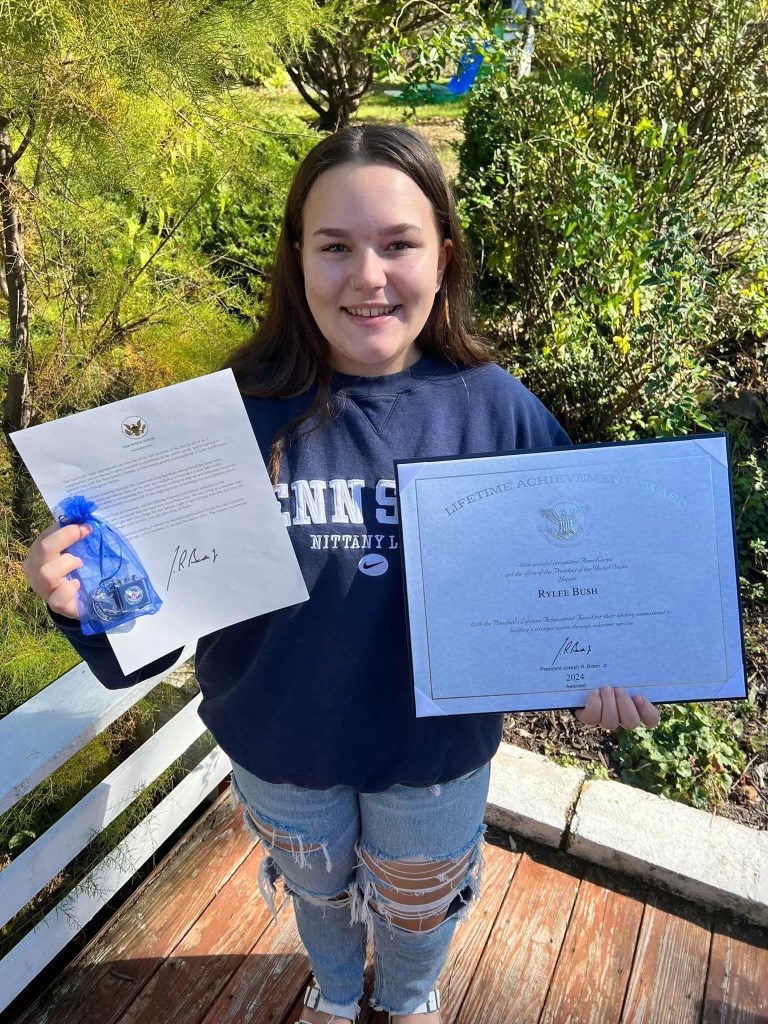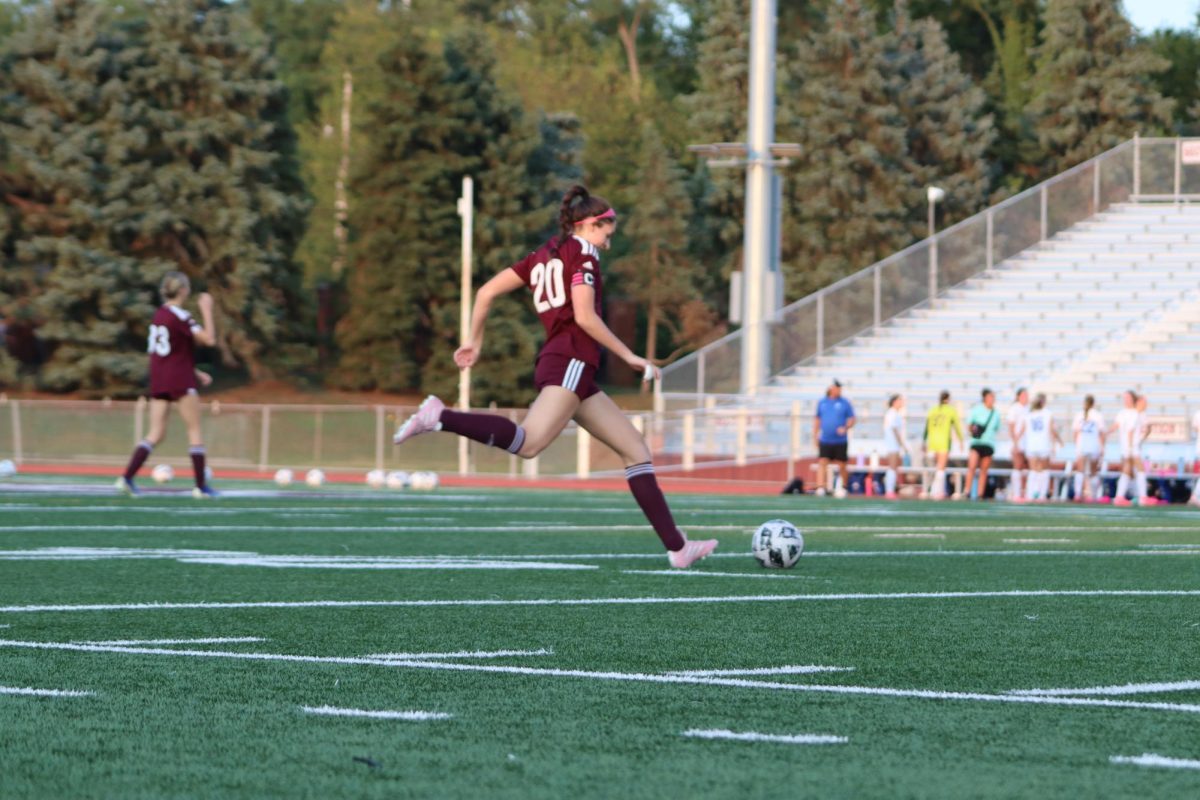Twenty triangles meet at the edges to form an icosahedron. Icosahedrons merge with the Periodic Table of the Elements. Student creativity meets education. The result: element icosahedron projects.
“When I first started teaching chemistry in the year 2000, my colleague and mentor at that time for chemistry had the philosophy that it was nice to incorporate projects at least one semester for students that were not strong math students and struggled in chemistry in high school but wanted something to help boost their grade,” chemistry teacher and gifted specialist Paula Irwin said. “By having these quarterly projects where the students could earn bonus points for early completion, and also bonus points for creativity, it helped buffer their grades if they did poorly on a test, quiz or a lab write up. I really liked it. For the most part, most of the kids really enjoy it, even though it can be a little bit challenging for some of them to put it together.”
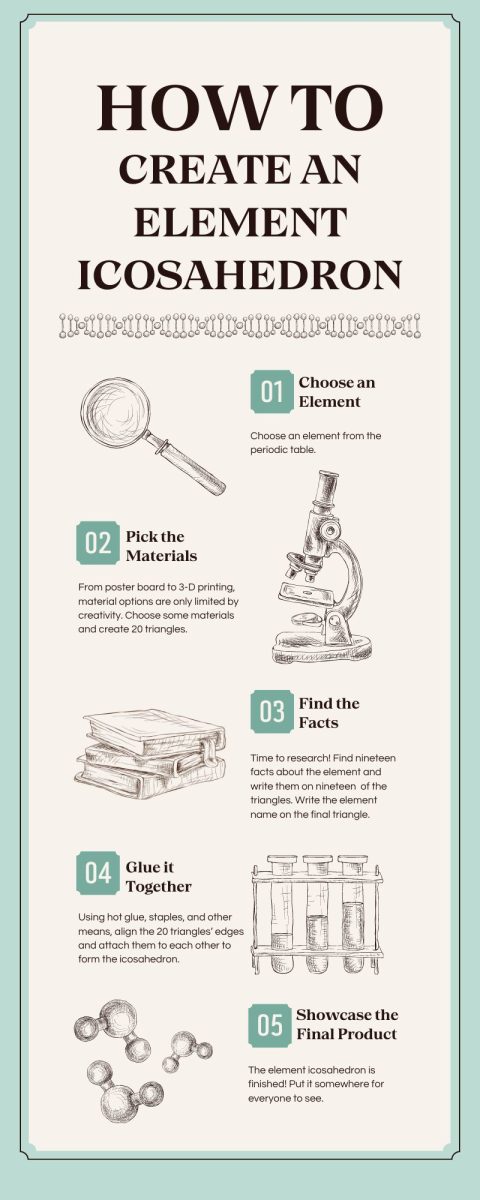
Students begin the project by choosing an element on a first come, first serve basis. Irwin provides materials for the icosahedron construction, including poster board and art supplies. Students receive a handout with 26 facts about their element, and they have to find 19 facts for the icosahedron faces, either from the handout or their own personal research. The final triangle has their name, the element’s name and the class period written on it. Facts are added to the remaining 19 faces of the icosahedron, which are then stapled and hot glued together to form the final product.
“[I think the] projects are really nice,” Irwin said. “[The students are] signing up for an element, and the kids that really know nothing about chemistry don’t even really know the difference between an element and a compound. They’ve had very brief introductions to that in biology, and some of that flew over their head. So, when they start looking at things like atomic number and atomic mass and other things like electron configurations and crystal structure, they’re actually seeing what elements are involved in it, and it just gets them a little more interested in the science itself. It promotes a little bit of extra motivation into learning.”
The project was assigned on Sept. 3 and was due on Sept. 20, with bonus points awarded if projects were turned in early. Sophomore Olivia Faith is one of the students who had a rewarding experience creating this project. She chose the element lithium.
“I was going to originally make [the element icosahedron] out of wood and glue some flowers on it, but instead I actually [3-D] printed it,” Faith said. “I designed it online with an online program where you can design triangles, and I wrote all the information on [the triangles] about [lithium], and then I glued it all together.”
Faith’s father owns a 3-D printing business, and as a result, she has 10 3-D printers at her disposal at home. Unfortunately, she ran into several problems during the project.
“I had a lot of failed prints. I printed individual triangles at first, and I spent [around] four hours designing little triangles and printing them out, which took forever. And then I realized that I didn’t print them at the right angle, so I couldn’t glue them together to form the icosahedron. So I had to throw those away and completely restart. And then when I was designing, I found an icosahedron [template], and I had to design each side of it. While I was doing that, the program shut down a couple times. So I had to completely restart that, and then just with failed prints and stuff, because things don’t usually print right the first time, it took a while,” Faith said. “I think I spent about a week working on it, on and off, to get it done and get it right.”
Sophomore Lillyona Iacovella took a different approach to the project. Her element choice was silver because she wanted to choose an element that was relatively well-known.
“I went to Walmart, and I got a bunch of poster boards. Once I got home, I used a black salad tray to trace circles. I used a ruler to make the triangles for it,” Iacovella said. “When I put it all together, I used hot glue and staples and filled it with newspaper.”
Iacovella also encountered obstacles with the project. She had to restart twice because of the nearly finished icosahedron collapsing. This is where she got the idea to fill it with newspaper.
“I definitely found chemistry to be a lot more exciting after that first project. We were kind of all hyped on it to finish and turn it in by the deadline of extra credit,” Iacovella said. “I think it was really fun. You get to explore the elements, and you can choose your element whenever you want. I feel like it would be bad if you were assigned elements, because if you got assigned rhodium, it’s not as commonly known as, say, copper, but I think we should all do a little project, because [at first it’s] all just math calculations, and then you go into chemicals. You just get to have fun and make something about elements that can be in your everyday life [with this project].”
Another student decided to add bright colors to her project. Sophomore Taylor Yeager chose the element helium for her element icosahedron.
“We had these little diagrams that we were supposed to trace onto cardboard paper, but they were too small. So I found one online, and I made the icosahedron with a stapler. The next day, I picked my element, and then I wrote down all of the facts that I had to write on little triangle pieces of color paper. I glued them on, and then I glued pipe cleaners on the little edges and pom-poms on the corner,” Yeager said.
Yeager enjoyed brainstorming what the final project would look like, and ended up turning her project in on Sept. 5—two days after it was assigned—in order to obtain extra credit. Students in Irwin’s chemistry classes took advantage of this opportunity during this year and in past years. As a result, Irwin has received many unique projects.
“This was back in 2004. A kid—different school, different state—came in and had this kind of smirk on his face, and just really quietly set [his element icosahedron] down on the desk next to me, and I looked at it and I thought, ‘Well, okay, that’s not that interesting,’ until I put my hands on it and realized he had welded it. He had to have the metal cut into equilateral triangles, and then he welded it into pretty much a perfect icosahedron, which correct angles on that are not easy to do when welding. I was blown away by that,” Irwin said. “I’ve been blown away by several others. This year was the first year I ever had somebody do it through a 3-D printer in which the text is raised on each side. I cannot even imagine the program and setting to print in this manner on all 20 sides. Two years ago, I got one crocheted. I was amazed. She knits regularly. This year, I got probably the largest one I’ve ever gotten, and she signed up for aluminum and used all these can tabs.”
Irwin assigns the element icosahedron project as the first project in her chemistry classes every year to introduce physical and chemical properties. If she were to create an element icosahedron, she’d choose tungsten. Irwin’s been fascinated with this metal for ten years, and she hopes that her students found a little fascination for chemistry through their element icosahedron project.
“Most of the element properties are more physical than chemical,” Irwin said. “The things that are coming that they’re researching, we’re going to cover in terms of periodic trends and definitely physical properties and even some of the chemical properties, which is in the not too distant future for them.”






